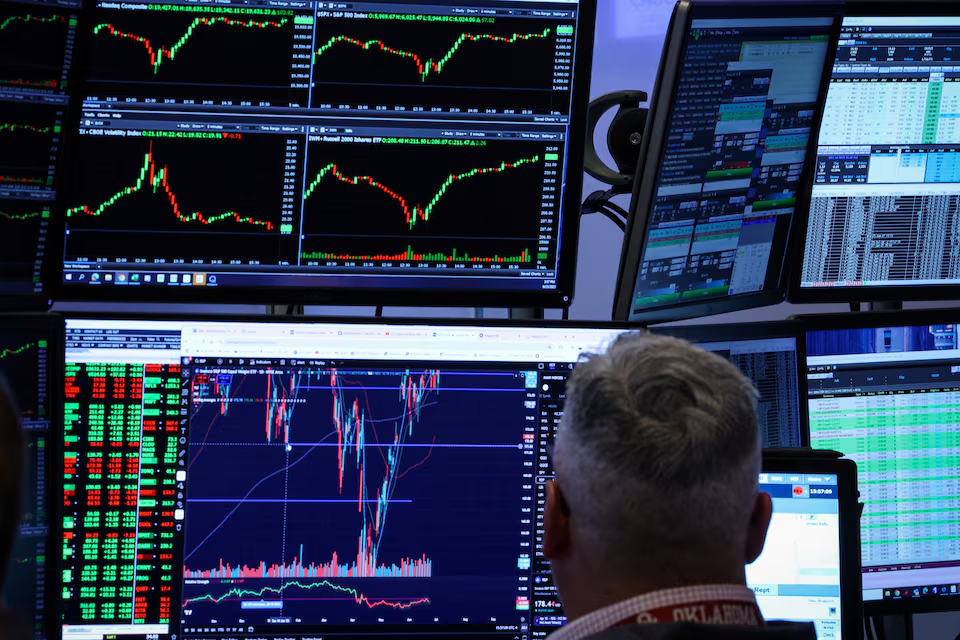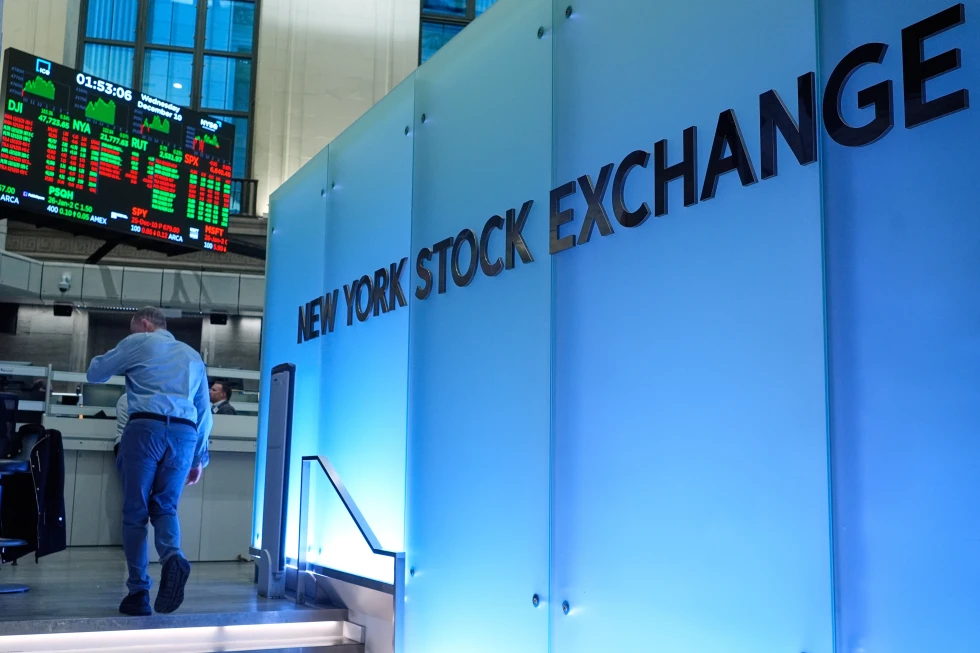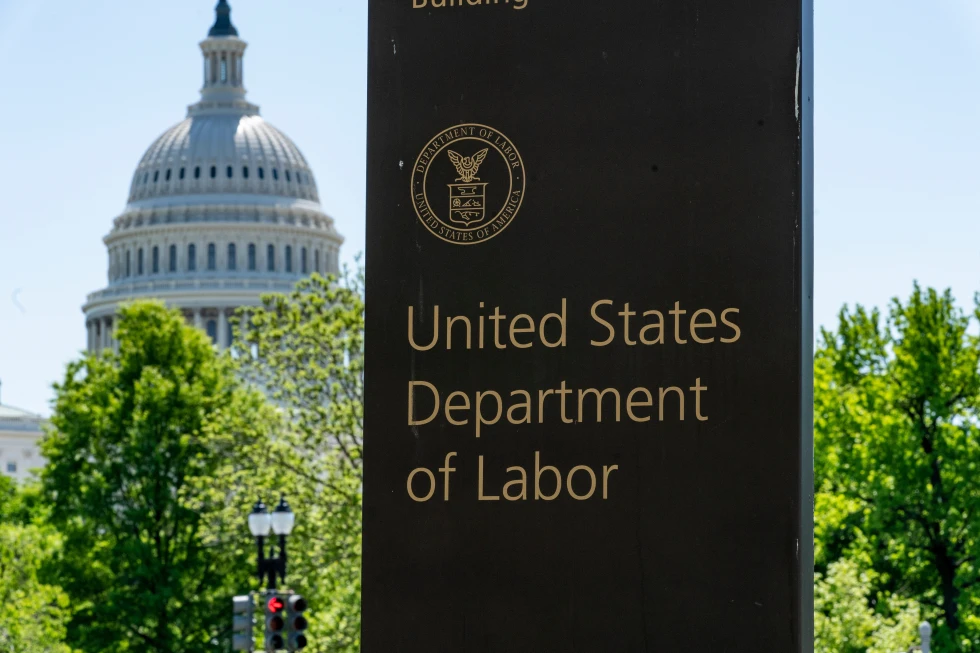Global Markets Surge on Trade Hopes and Ceasefire Relief

Global equity markets soared on Friday, buoyed by renewed optimism in U.S.-China trade negotiations and a cooling of geopolitical tensions in the Middle East. The surge comes as investors increasingly bet on U.S. interest rate cuts, adding momentum to a rally that has pushed stocks to record highs this week.
At the center of the optimism was a Thursday agreement between Washington and Beijing to expedite rare earth mineral shipments to the United States—an encouraging sign amid efforts to defuse the long-running trade conflict between the world’s two largest economies.
Asia kicked off the rally, with regional shares reaching their highest levels in over three years. U.S. stock futures followed suit, suggesting a strong open for Wall Street. In Europe, the pan-regional STOXX 600 index climbed 0.8%, eyeing its best weekly performance since mid-May. London’s FTSE 100 and Germany’s DAX posted similar gains.
The MSCI World Equity Index touched a new all-time high and looked set to close the week with a 2.8% rise, while the S&P 500 has clawed back earlier losses and is now up 4.4% year-to-date. The index had taken a hit in April following President Donald Trump’s “Liberation Day” tariff announcement, which rattled markets worldwide.
“What we’re seeing now is a rebound built on growing hope for trade deals and stabilization in the Middle East,” said Vasileios Gkionakis, senior economist and strategist at Aviva Investors. “Markets had been bruised by geopolitical uncertainty, but now there’s room for optimism.”
President Trump has set a July 9 deadline for the European Union and other trade partners to come to the table with reduced tariffs—another key event on investors’ radars.
Mark Haefele, Chief Investment Officer at UBS Global Wealth Management, said the firm sees stronger near-term upside in U.S. and emerging markets relative to Europe.
Dollar Weakness Deepens
The U.S. dollar remained under pressure, trading near 3.5-year lows against the euro and British pound. The dollar index slipped to 97.269, its weakest level in over three years, while the euro climbed to $1.1708 following stronger-than-expected inflation data out of France.
“We view the U.S. dollar as fundamentally unattractive,” Haefele noted.
Market attention is now fixed on the Federal Reserve’s next move. Speculation is growing that Trump may nominate a more dovish Fed chair, a shift that could accelerate the pace of rate cuts. Traders are now pricing in 64 basis points of easing this year—up sharply from 46 basis points just a week ago.
“This isn’t just about rate expectations,” said Gkionakis. “There’s a broader narrative forming around the diminishing uniqueness of the U.S. economy.”
The dollar’s underperformance marks its worst start to a year since the free-floating currency era began in the early 1970s.
Investors are also eyeing the release of Core PCE—the Fed’s preferred inflation gauge—due later in the day for additional clues on monetary policy direction.
Bond and Commodity Moves
In fixed income, German 30-year government bond yields are heading for their largest weekly jump in nearly four months, fueled by expectations of higher government borrowing.
Meanwhile, oil prices edged higher Friday but remained on track for their worst weekly performance since March 2023. Brent crude rose 0.5% to $68.06 per barrel, while U.S. West Texas Intermediate climbed to $65.54. The decline in oil was largely attributed to the absence of major supply disruptions despite tensions between Iran and Israel.
With central banks poised to ease policy and global risk sentiment improving, analysts say the second half of 2025 may offer renewed opportunities—if the fragile geopolitical and economic equilibrium can hold.
By Staff Writer, Courtesy of Forbes | June 27, 2025 | Edited for WTFwire.com
Source: Reuters
: 178







